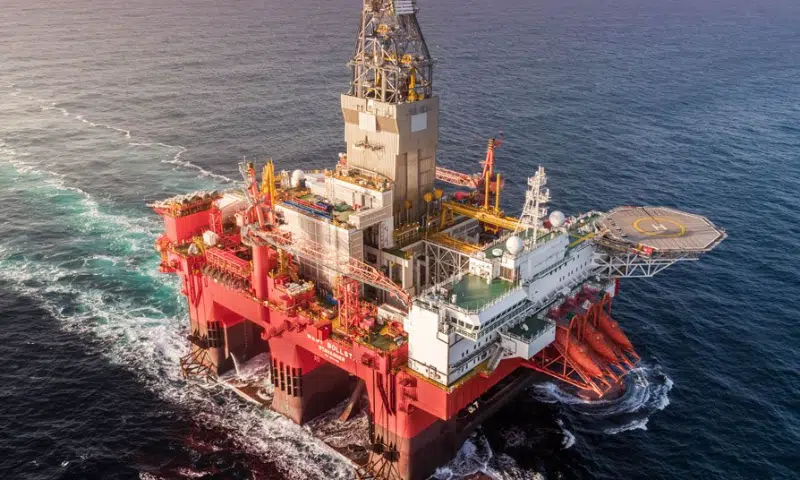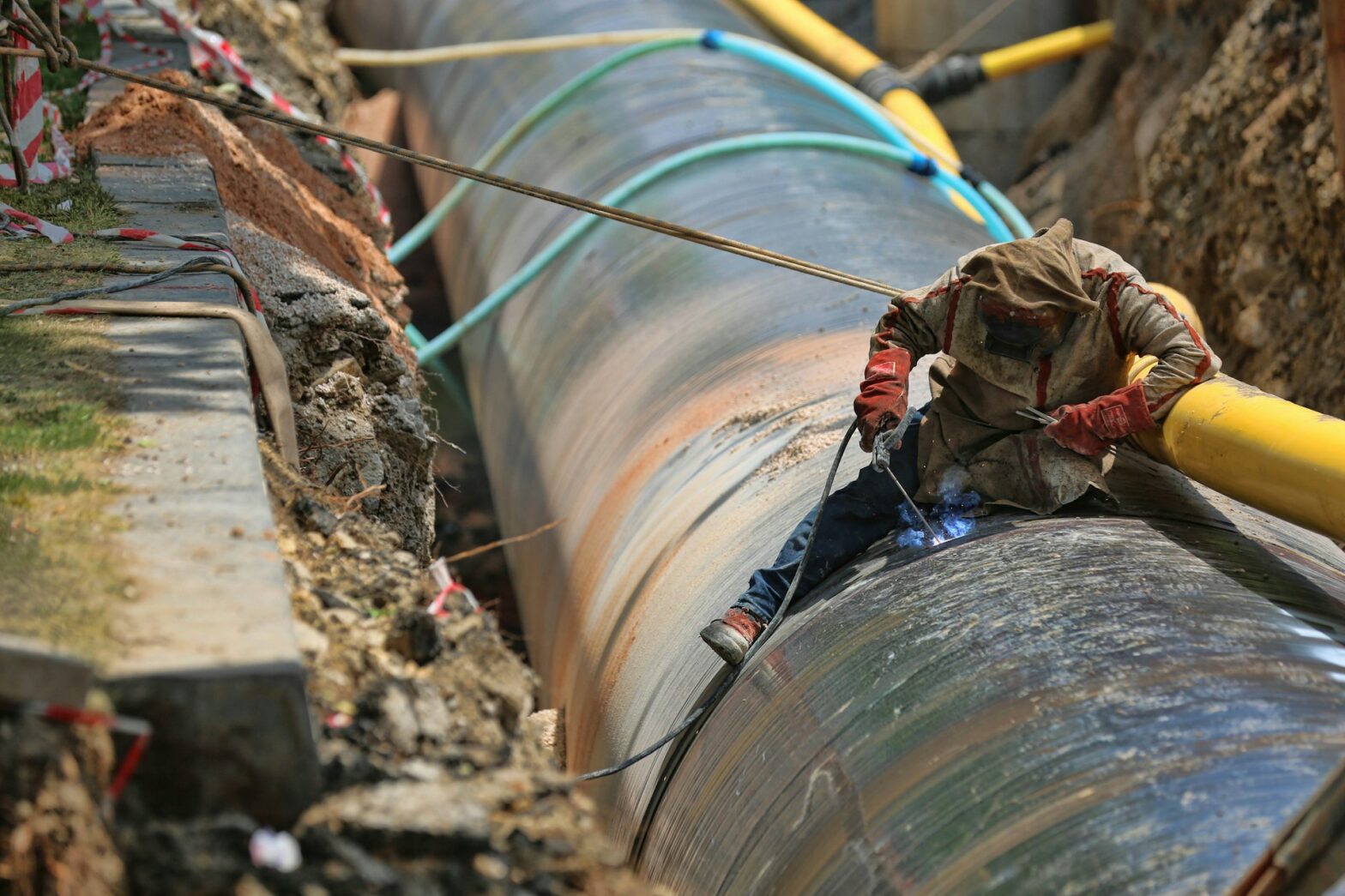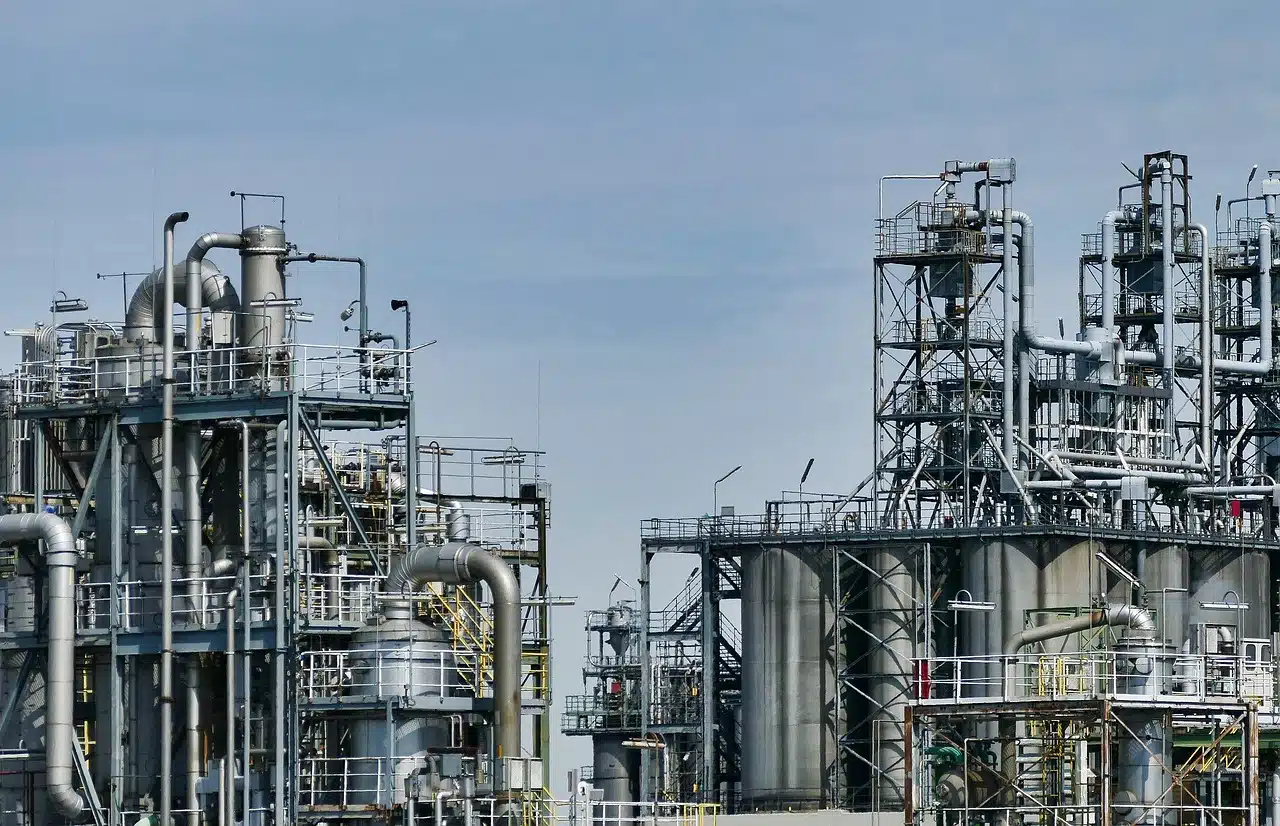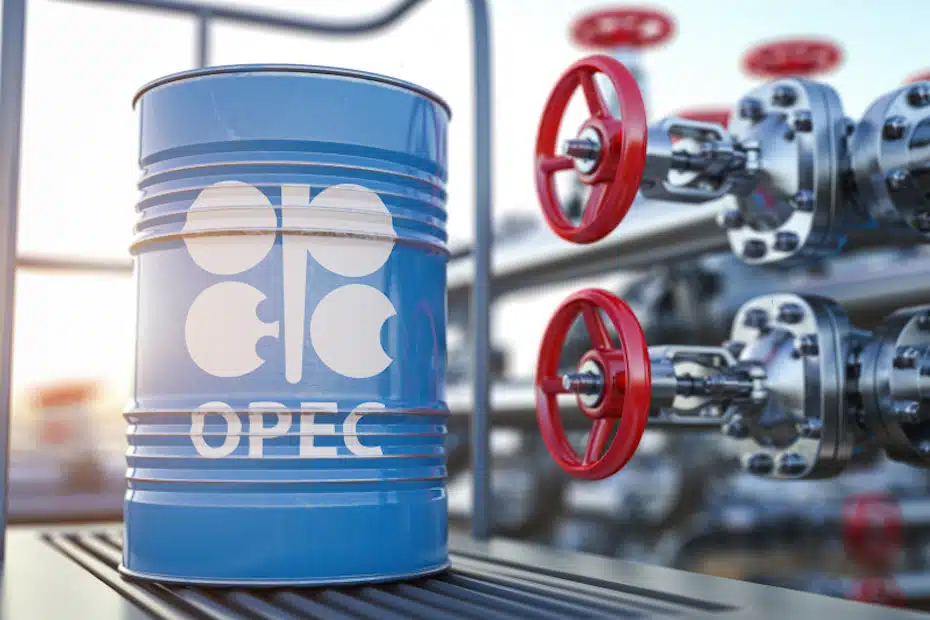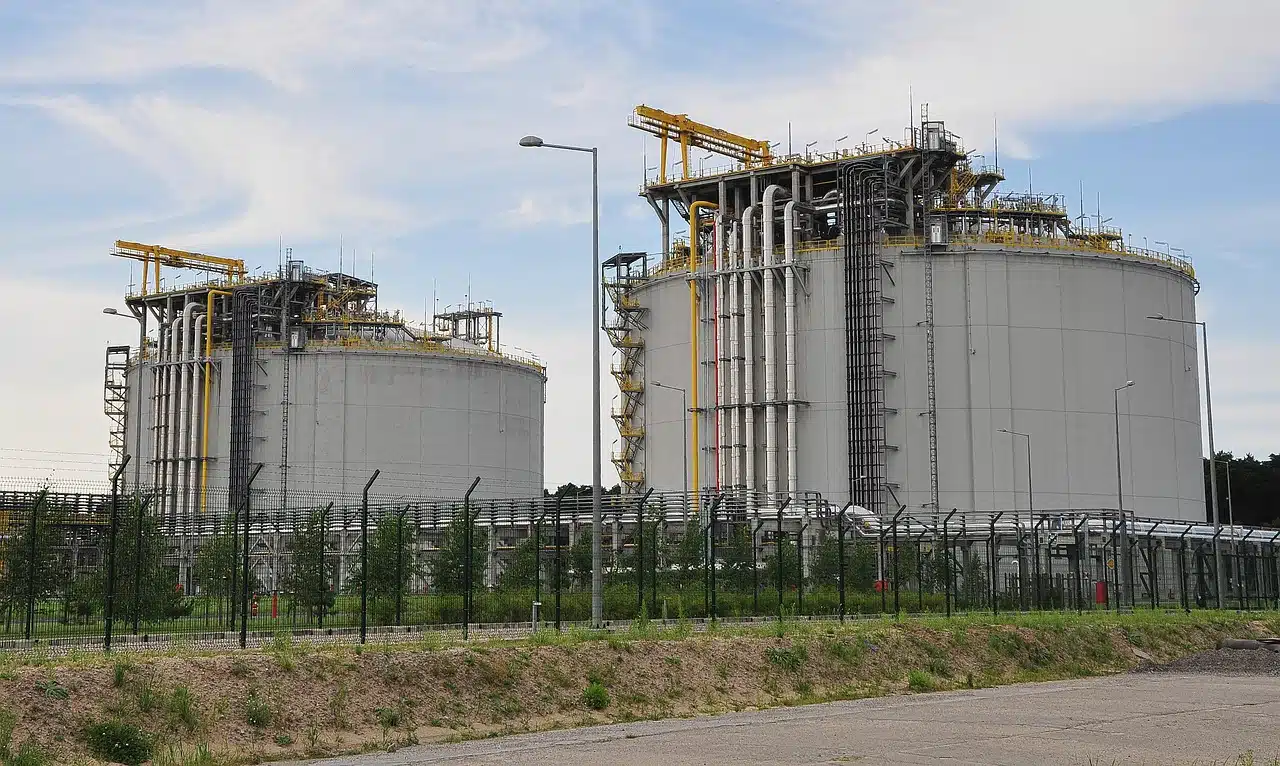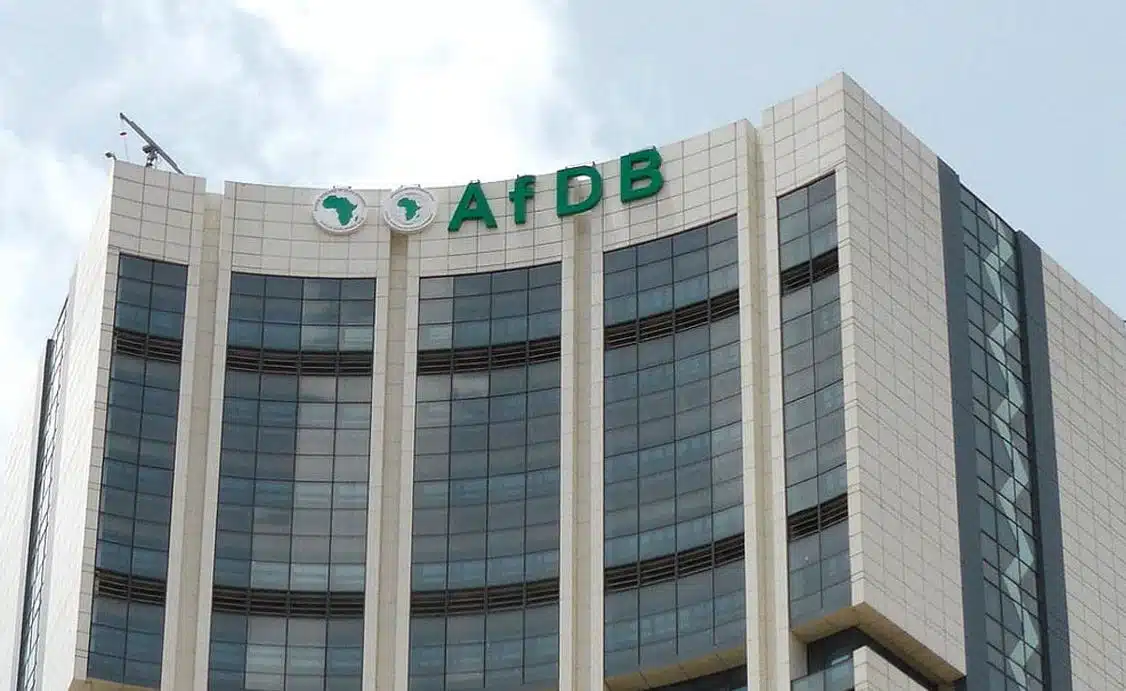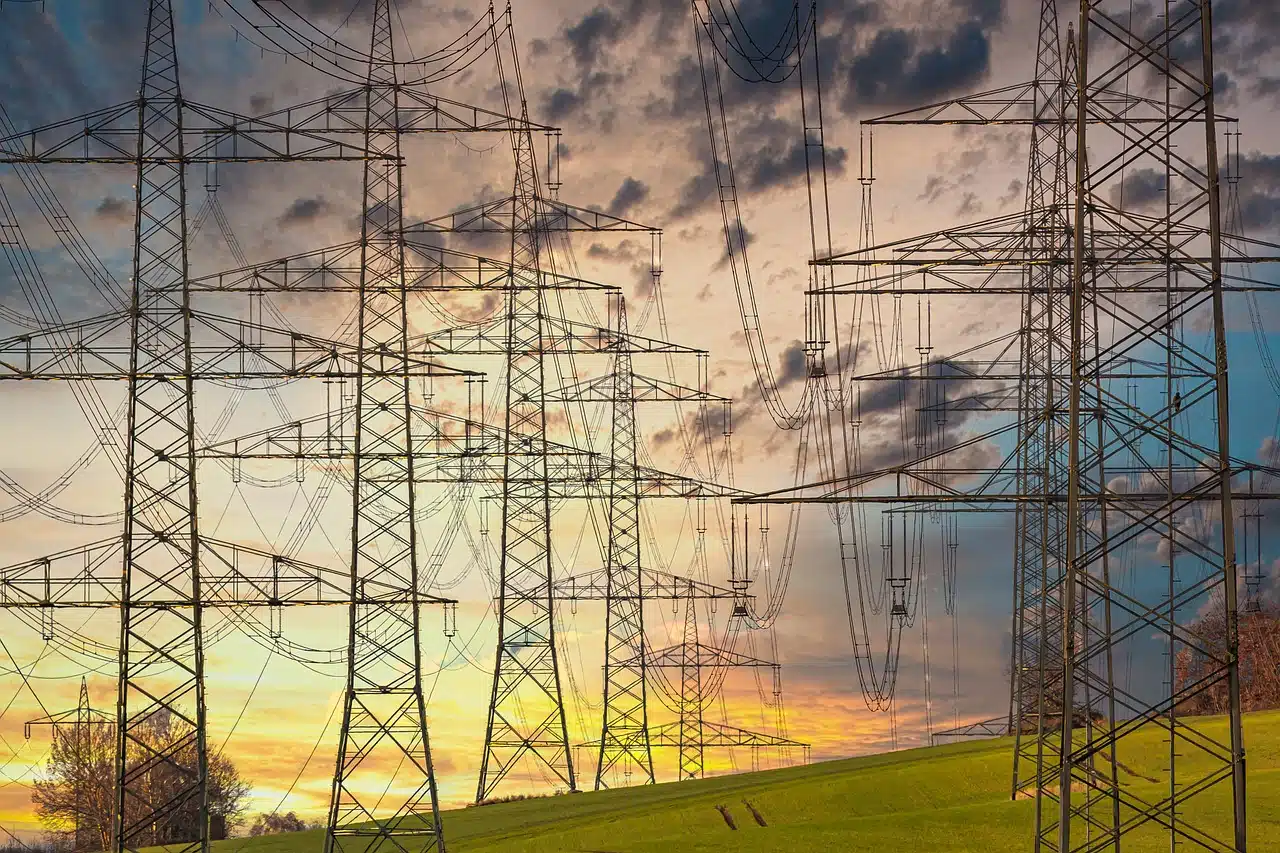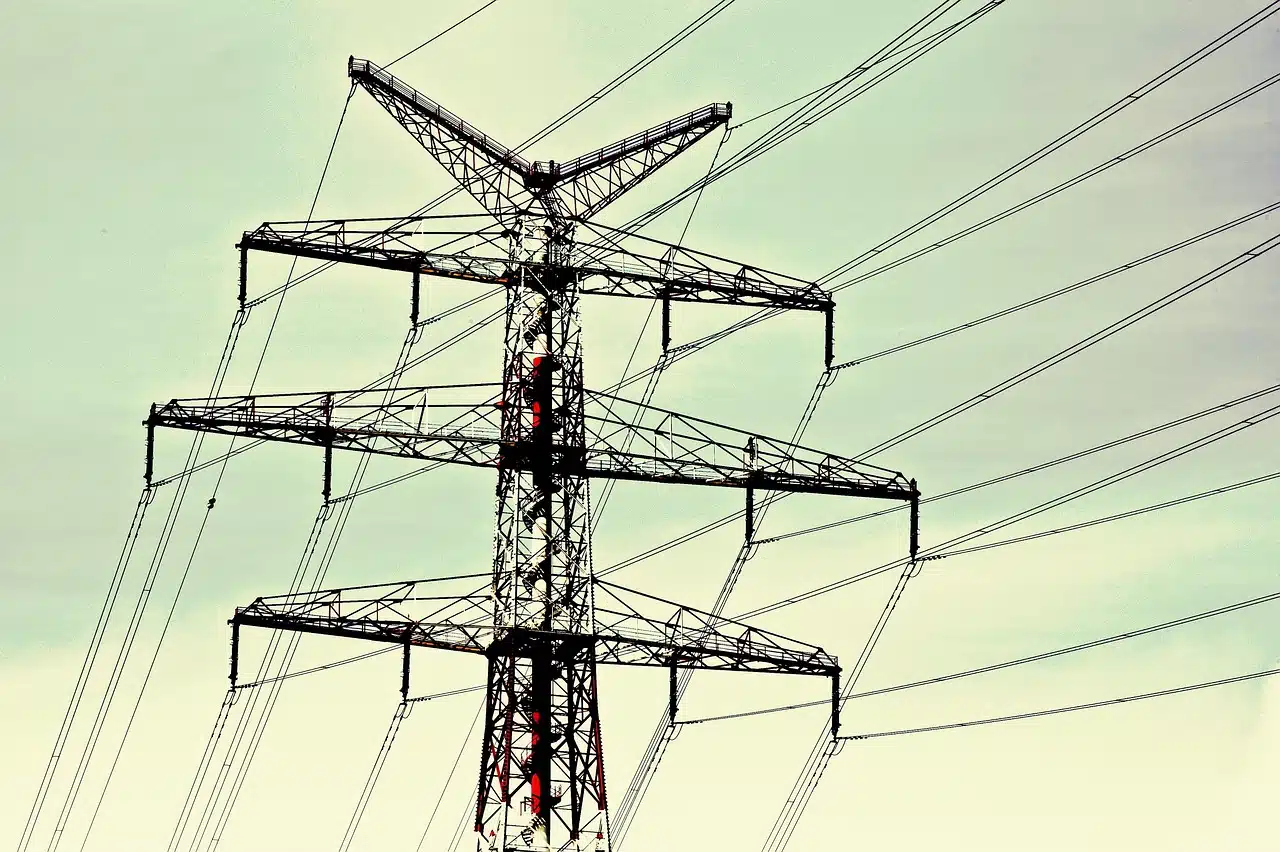Drilling operations in Namibia’s Orange Basin are set to intensify in 2025, with projections indicating that between seven and ten wells will be drilled. This marks a crucial year for high-impact exploration in the region, as industry experts closely monitor its long-term viability.
According to Westwood’s latest Global E&A Wildcat review, released on Monday, Namibia is expected to play a significant role in the broader exploration landscape. Jamie Collard, Westwood’s Exploration Research Manager, highlighted Sagittarius-1X and Olympe-1X as key wells to watch.
“High-impact exploration in 2025 is expected to remain stable, with QatarEnergy emerging as the most active explorer. All eyes will be on the Orange Basin,” Collard stated.
Exploration beyond Namibia
Drilling activity is not limited to Namibia, as exploration efforts continue across multiple African basins. Azule Energy plans to commence drilling the Kianda-1 well in Angola’s Congo Basin outboard area in the second half of 2025.
Drilling operations are also expected in the Namibe, Rio Muni, and Tano basins, with frontier wells also being tested in the Cabora Bassa and Kavango basins following TotalEnergies hydrocarbon exploration on Block 2913B in Namibia’s Orange Basin in February 2025
Westwood forecasts that 65 to 75 high-impact exploration wells will be completed worldwide in 2025, maintaining a steady pace compared to the 69 wells drilled in 2024.
A total of 13 high-impact wells are anticipated in 2025, with all but one operated by supermajors. QatarEnergy is expected to take the lead, while Petrobras will oversee one well in Brazil. Despite Chevron’s setbacks with the dry results from its Kapana well in Namibia and Hendjer well in Egypt, the company still has seven additional wells planned.
Increase in frontier wells
The review also highlights an increase in frontier wells, rising from 19 in 2024 to 21 in 2025. These wells will target emerging opportunities in established basins such as the Western Black Sea, Sabah, Rio Muni, Suriname-Guyana, and Cauvery.
Notably, high-value prospects in mature and maturing plays will make up approximately 40% of the high-impact drilling program, up from the previous year.
“Twenty-one frontier wells are expected in 2025, a slight increase from 19 in 2024,” Collard remarked.
“Emerging play wells will make up approximately 30% of the high-impact inventory in 2025, down from 36% in 2024.”
The Mediterranean, Black Sea, and Middle East regions are projected to see 14 high-impact wells in 2025, with particular focus on the Nefertari gas discovery in Egypt’s Herodotus Basin. Similarly, 14 high-impact wells are expected in the Asia-Pacific region, where Hai Su Vang-1X has been identified as a significant new discovery.
However, Chevron’s Kapana-1 well recently yielded no commercially viable results.
Chevron said that it found no commercially viable oil and gas in its exploration of the Orange Basin. This comes just a week after Shell disclosed plans to write down approximately $400 million due to an oil discovery offshore Namibia that was deemed commercially unviable.
Namibia’s Orange Basin is set for a pivotal year in 2025, driven by steady drilling activity and a growing number of high-impact wells.

